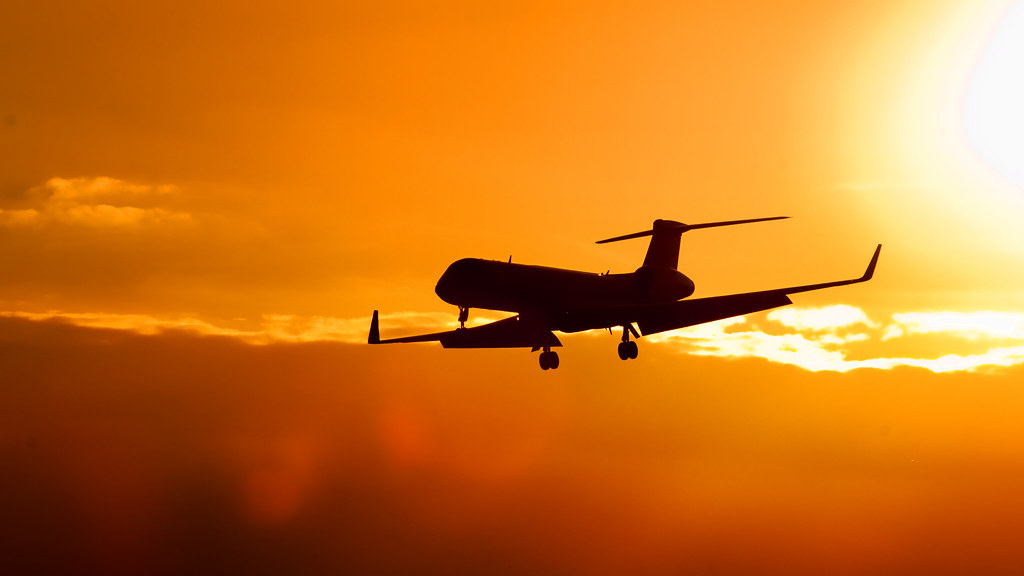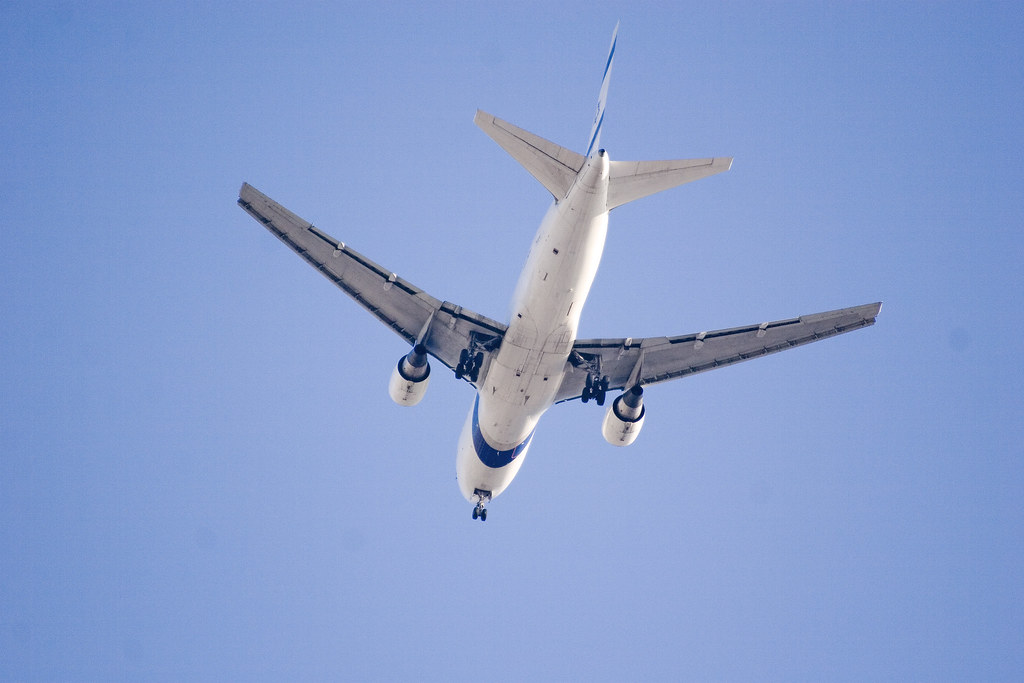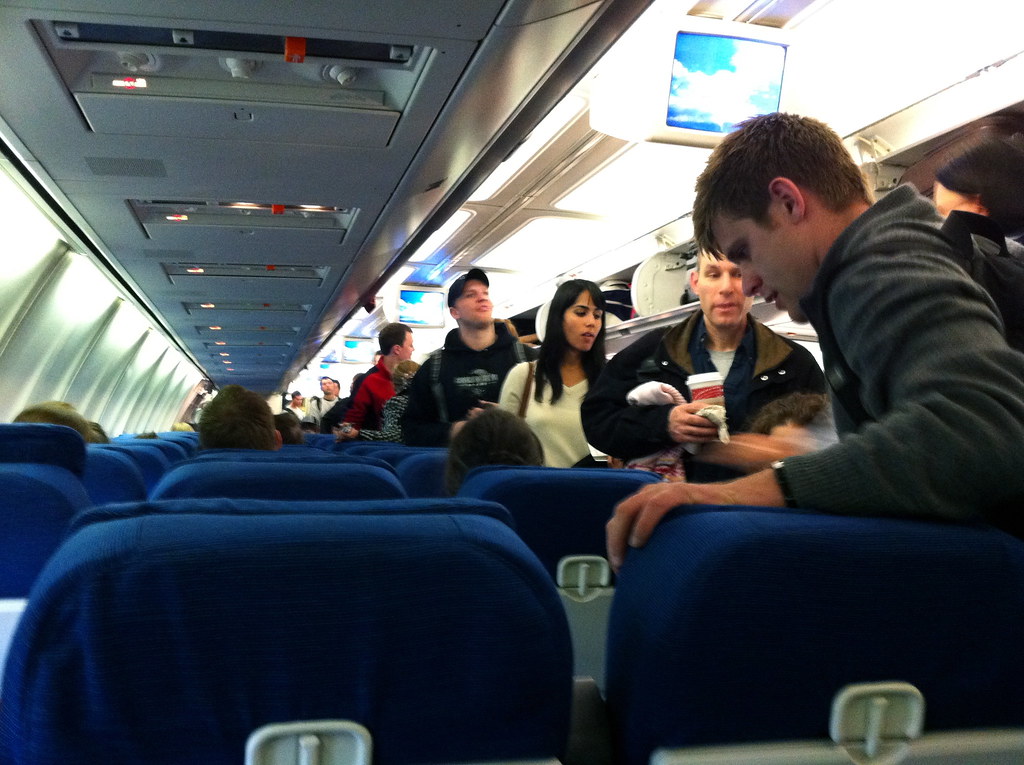
Turbulence is an occupational hazard for those traversing the skies, a reminder of nature’s power even at 35,000 feet. For military tech and politics enthusiasts who revel in the might and strategy of air power, the reality of a turbulent atmosphere presents not only a scientific intrigue but also an operational challenge.

Recent incidents aboard commercial flights, however, have turned attention towards a less visible but increasingly potent adversary: climate change.

On a flight home from Ireland, travelers aboard a Qatar Airways flight experienced a harrowing bout with turbulence so severe it left twelve passengers and crew requiring medical attention. Eight were taken to hospital after the incident, which Qatar Airways is investigating internally.

This comes on the heels of a tragic episode involving a Singapore Airlines flight where one passenger perished, and over a hundred were injured after the aircraft plummeted 1,800 meters amidst violent atmospheric upheaval.

The fatalities may be few, but the injuries tell a tale of escalating encounters with turbulence, and experts are raising the alarm about climate change’s role in amplifying these aerial perils.

“We can say that the weather is definitely getting stronger, the winds are faster, the convective weather that we do see is a lot larger in scale,” explained commercial airline pilot Capt. Laura Einsetler.

The mechanics of turbulence, particularly the type known as ‘clear-air turbulence’, pose a serious operational concern. This form of turbulence occurs without the visual cues of storm clouds, making it difficult to predict or avoid.

The phenomenon is associated with wind shear at high altitudes and is getting more frequent due to climate change, according to atmospheric scientist Paul Williams.

“Since satellites began observing in 1979, the amount of wind shear has grown by 15%” in the jet stream, Williams notes, illuminating a clear correlation between rising global temperatures and atmospheric instability.

The implications for air travel are significant. Beyond the immediate safety concerns, there is the potential impact on flight operations, strategies, and even military training and readiness, where precise aerial maneuvers are paramount.

Researchers using climate models estimate that the frequency and intensity of clear-air turbulence could double or triple in the coming decades as the climate warms, presenting an additional challenge to navigating the skies.

While technology such as LiDAR might eventually help detect such turbulence, it remains expensive and bulky. Until then, travelers and crew are urged to keep their seat belts fastened.

“I hope that everybody when they travel, please fasten your seat belts,” says atmospheric researcher Jung-Hoon Kim, underscoring the importance of this simple safety measure.

Aviation experts agree that, despite these challenges, commercial aircraft are robustly built to withstand turbulence.

“These large transport aircraft are built quite strongly. They will not fall apart or come out of the sky due to turbulence,” reassures physicist and project scientist Larry Cornman, offering a degree of solace to anyone concerned about the integrity of modern aircraft amidst the buffeting forces of a changing climate.
Relevant articles:
– Spate of turbulence incidents could foreshadow future air travel, NewsNation
– Singapore Airlines Turbulence: Why Climate Change Is Making Flights Rougher, scientificamerican.com
– Climate change and turbulence: Experts weigh in after death on Singapore Airlines flight, NBC News
– Airline passengers could be in for a rougher ride, thanks to climate change, NPR

